Dragging the Enemy To Hell
After destroying as many warships and landing craft as possible, the enemy landing forces were to be intercepted by “coastal defense divisions” and local militia units.
These were suppose to charge against the enemy, creating a chaotic mess on the beach where it would be difficult to distinguish friend from foe. The aim was to make the Allies hesitant in using naval bombardment or close air support.
After depriving the enemy of this firepower advantage, it was then the “mobile strike divisions” job to counterattack under the fire support of artillery units.
Because the artillery units would be soon exposed and destroyed by enemy counterstrikes, they were to fire as much rounds as possible, neglecting any thought of friendly fire.
The same goes with the mobile strike divisions that received priority access to the remaining tanks and other vehicles.
Following the confusion triggered by the coastal defense divisions, these mobile units would crash into the bridgehead and cause as much damage as possible, taking no consideration of collateral damage during this process.
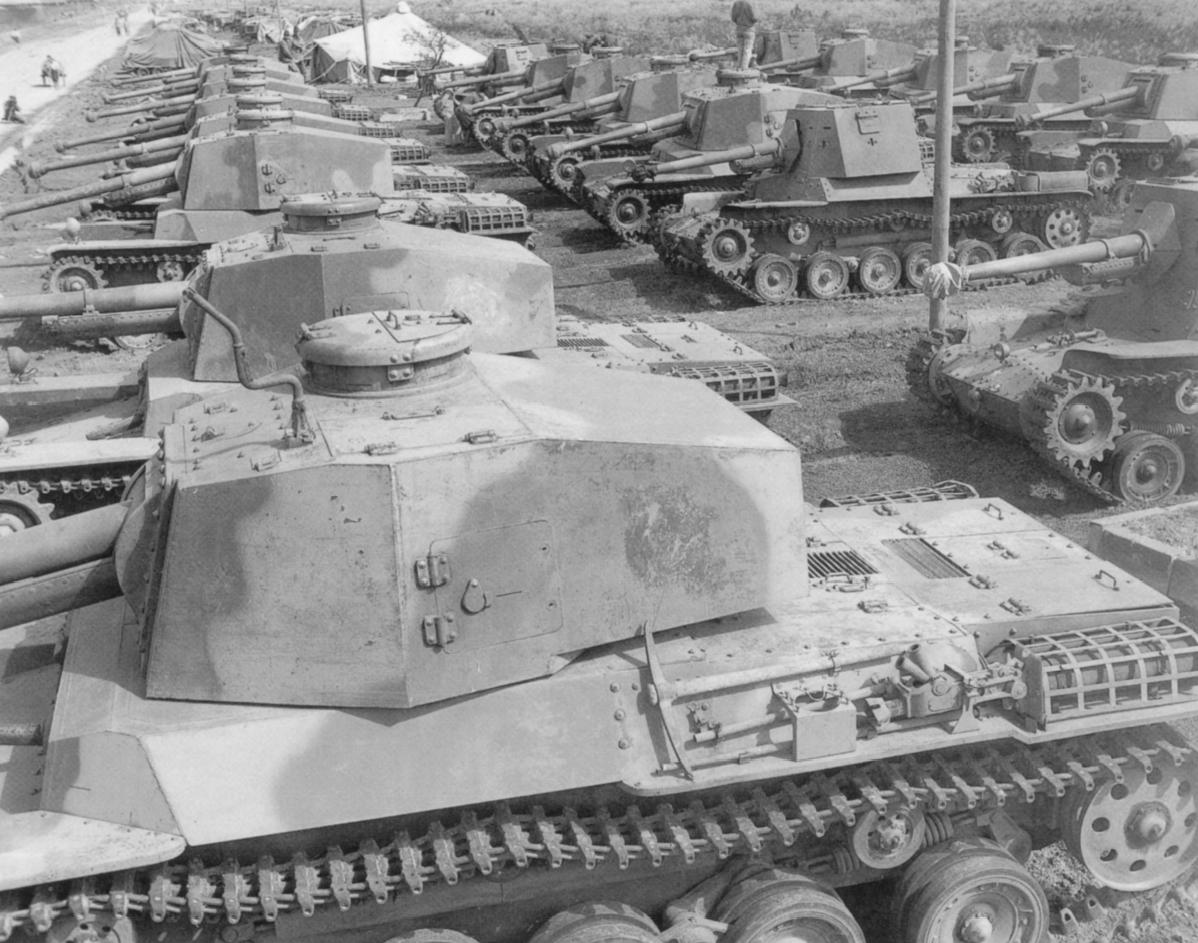 Mobile strike divisions were fairly-well equipped
Mobile strike divisions were fairly-well equipped
The overall ground tactics were essentially also kamikaze-based, with massive banzai charges and suicide missions aimed at tanks and other high-value targets.
As long as they could drag the enemy along, friendly causalities were simply disregarded as a necessary sacrifice.
The Likely Outcome
Had Operation Downfall occurred, the landscape would have turned into an absolute hellish inferno with fanatical suicide attacks happening everywhere.
The situation would be resemble that of the Battle of Okinawa, except on an exponentially larger scale with unprecedented casualties on both sides.
Even if with the fall of Tokyo or the Soviet advance from the north, resistance would have likely continued since the Emperor and government institutions were planned to be relocated further inland to Nagano Prefecture, a rural mountainous area suitable for defense.
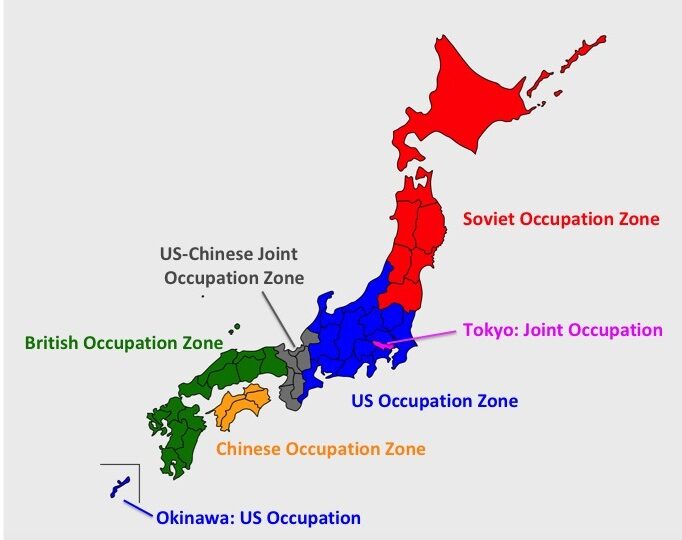 The Allied plan for joint occupation
The Allied plan for joint occupation
The final result would have been the complete destruction of Japan as a sovereign country and its breakup into multiple occupation sectors. This demarcation plan actually existed in reality, which should have ended up like West and East Germany.
If such plan had been implemented, postwar Japan’s status as an economic power might have been all but a dream.
The worst case scenario would have Japan ceasing to exist as a country in general, alongside the reduction of the Japanese population to a mere fraction of the pre-war level.
In retrospect, Japan was definitely on the brink of total annihilation in 1945, making the present-day situation absolutely fortunate.

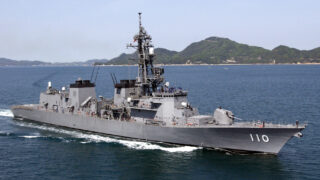



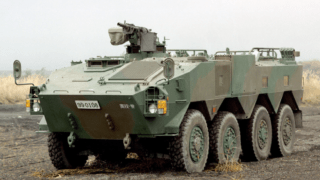
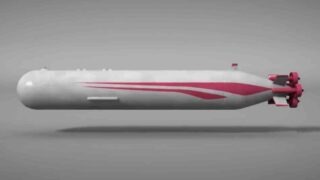


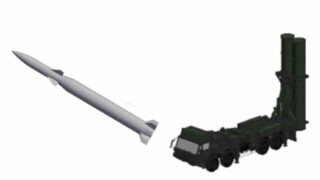



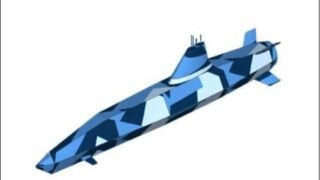



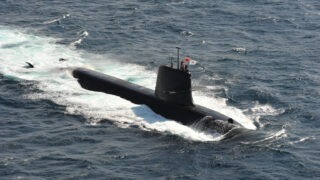
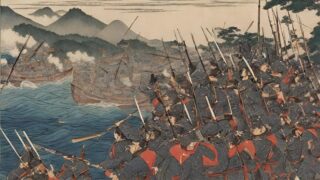
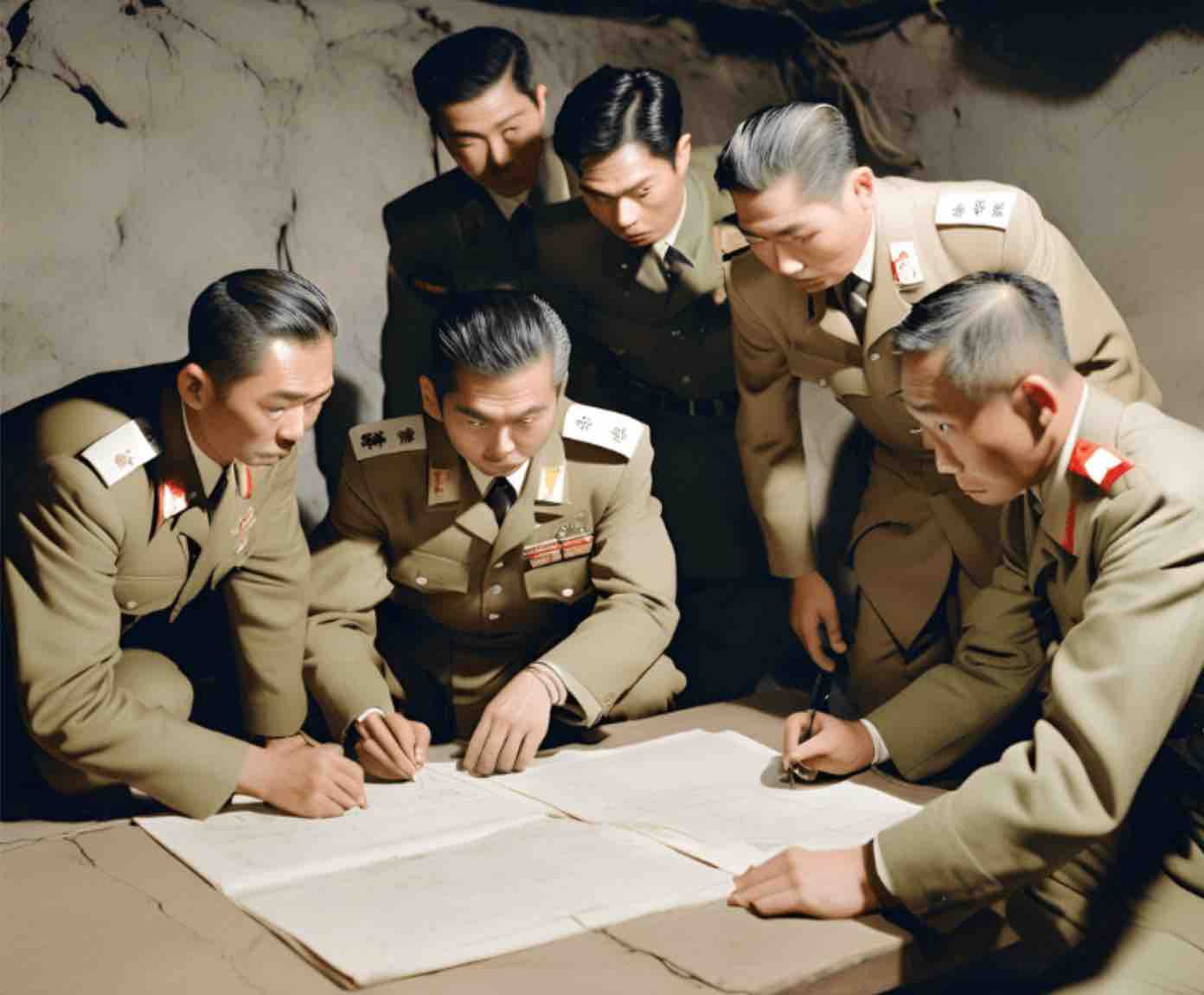
Comments